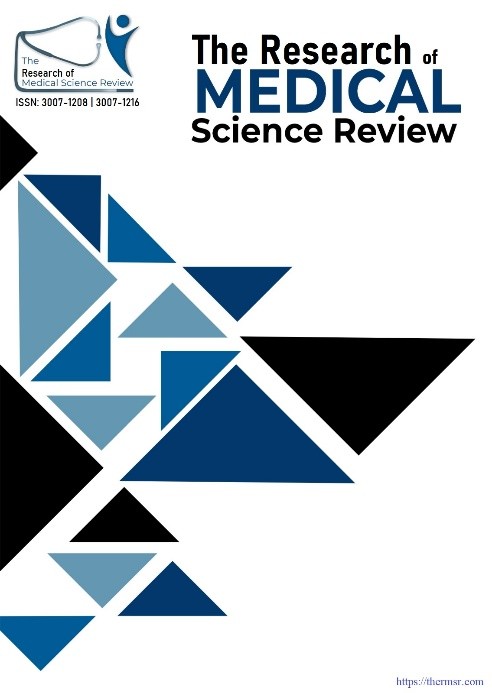EFFECT OF AZITHROMYCIN ON QTC INTERVAL IN CHILDREN: AN OBSERVATIONAL PROSPECTIVE STUDY IN LAHORE, PAKISTAN
Main Article Content
Abstract
Objectives: To determine the effect of the azithromycin on QTc interval in terms of absence or presence of prolongation in children admitted in Children’s Hospital Lahore, Pakistan
Study Design: The study utilized observational prospective study to test the effect of Azithromycin on QTc interval in children.
Place and duration of study: The study was conducted at the general medical unit 4 of the Children’s Hospital Lahore within six months from 1st February 2025 to 1st July 2025 after approval from hospital ethical committee.
Methodology: 72 patients visiting the Children hospital Lahore, fulfilling the inclusion criteria, were selected using non-probability consecutive sampling technique. A written informed consent was taken from parents (father or mother) followed by child assent. Detailed history was taken including age, gender, weight, diagnosis, and any underlying chronic ailment. A baseline ECG and serum electrolytes were taken before starting azithromycin. Then, a ECG was taken on the fifth day and QTc interval was calculated. All the collected data were entered and analyzed using SPSS (v. 24).
Results: In this observational study, the children had an average age of about seven years, with slightly more girls than boys. At baseline, the mean QTc interval was just over 403 ms. When the QTc interval was checked after the first day, it remained almost unchanged, and by the fifth day it was still within a similar range. Most importantly, none of the patients developed QTc prolongation during the observation period. These findings suggest that azithromycin did not adversely affect the heart’s electrical activity in the children we studied and appeared safe from a cardiac standpoint.
Conclusion: Azithromycin showed no effect on QTc intervals in children, with no cases of QTc prolongation observed. This suggests it is safe for cardiac rhythm in pediatric patients.
Downloads
Article Details
Section

This work is licensed under a Creative Commons Attribution-NonCommercial-NoDerivatives 4.0 International License.
